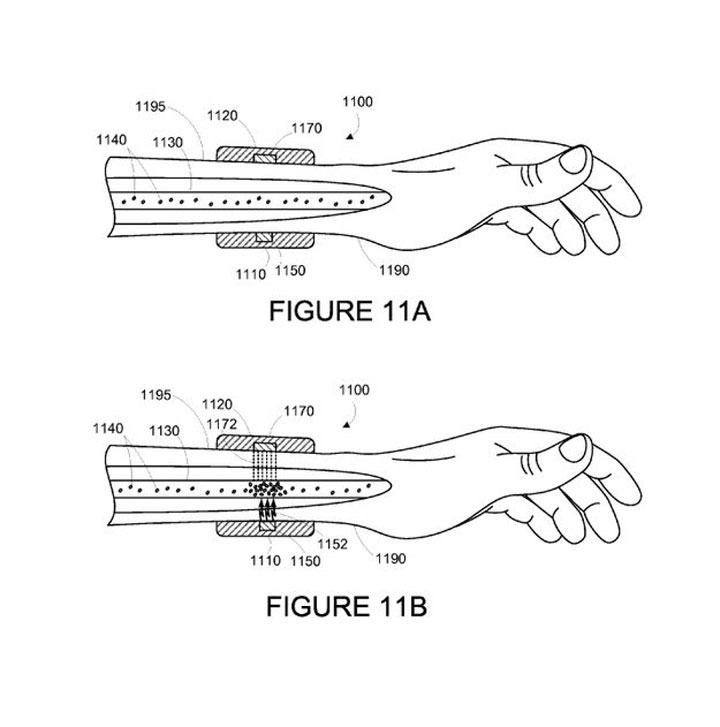TORONTO – Google may be working on developing a high-tech cancer treatment using wearable technology, according to a new patent filing.

The patent application describes a treatment that would involve sending magnetic nanoparticles into patients’ bloodstreams, which would be activated by a wristband to attack cancer cells.
According to the filing, patients would inject, absorb or ingest the particles into their bloodstream. The particles would be designed to bind with cells or proteins of certain diseases, including cancer. The wearable device would emit a radio frequency pulse that would cause the nanoparticle to vibrate, or heat up, to modify or destroy the cell.
“The binding of the particles to the targets allows the targets to be selectively modified or destroyed by energy from outside the body such that the adverse health effects are reduced or eliminated,” reads the filing.
“The energy is generated by a wearable device which is able to direct the energy into the subsurface vasculature of the wearer of the wearable device.”
- Buzz kill? Gen Z less interested in coffee than older Canadians, survey shows
- ‘She gets to be 10’: Ontario child’s heart donated to girl the same age
- Bird flu risk to humans an ‘enormous concern,’ WHO says. Here’s what to know
- Canada updating sperm donor screening criteria for men who have sex with men
Google filed the patent back in 2013 and it was published by the U.S. Patent and Trademark Office earlier this month.
This isn’t the first we have heard about Google’s cancer research.
In October, Google revealed it was working on a cancer-detecting pill that would use the same technology.
The pill is packed with tiny magnetic particles, which can travel through a patient’s bloodstream, search for malignant cells and report their findings to a sensor on a wearable device. Data from the sensor when then be uploaded or stored on cloud servers until it could be examined by a doctor.
At the time, Google said the cancer-detecting nanoparticles could be coated with antibodies that bind with specific proteins or cells associated with various maladies and remain in the blood stream.
READ MORE: Google unveils contact lens glucose monitor
It’s unclear whether these would be the same nanoparticles used in the recent patent.
The patent filing also notes that the wearable device used to control the nanoparticles could also be used to track other aspects of the patient’s health.
“The wearable device may be configured to measure one or more physiological parameters of the wearer that may relate to the health of the person wearing the wearable device. For example, the wearable device could include sensors for measuring blood pressure, pulse rate, skin temperature, or any other parameters,” according to the patent.





Comments